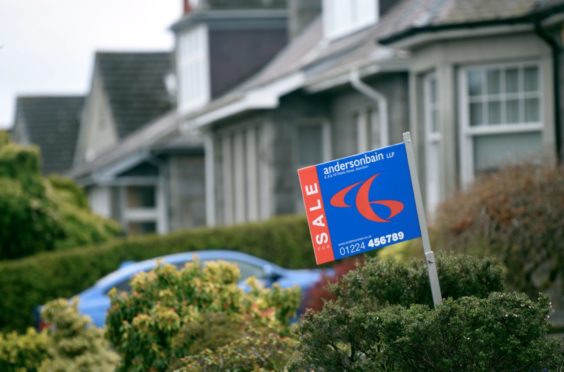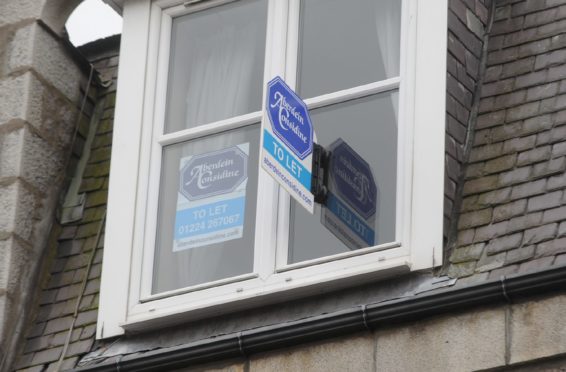Local authority bosses have approved a new policy aimed at tackling Aberdeen’s empty housing crisis – which may mean owners are forced to sell up if they abandon buildings.
More than 2,500 residential properties in the city are currently classed as long-term vacant, meaning they have not been lived in for at least 12 months.
A policy was drafted with the aim of tackling the problem, with the document giving the council the power to force owners to sell up.
It will see Aberdeen City Council work with the owners of empty homes on issues such as its condition relevant to its location, and recovery of public funds.
Help for empty housing owners
Authority chiefs will offer practical help, such as support in dealing with the legislative requirements of becoming a landlord, or financial support like VAT relief.
Owners will also continue to be offered help signing up for matchmaking schemes, where they can be linked with those looking to rent or buy homes – an initiative which already takes place through the authority’s empty homes officer.
As part of the scheme, homes vacant for two years or more will continue to be required to pay a 100% additional council tax levy.
A “last resort” for the authority is the use of compulsory purchase orders to bring properties under the council’s control.
However, these will only be utilised “where there has been repeated and unsuccessful attempts of engagement with an owner, and the condition of the property continues to deteriorate to an unacceptable extent and adversely impact the community within that area”, and where the owner has abandoned the property.
Council ‘committed’ to tackling problem
The policy states: “Aberdeen City Council is committed to bringing residential empty properties back into use in response to the negative impact unoccupied homes have on our communities.
“As of January 2021, there are around 2,500 privately owned properties that have been empty for 12 months or more across the city.
“Aberdeen City Council employs an Empty Homes Officer who works with owners of long-term empty properties to bring them back into use.
“This is important because the Scottish Empty Homes Partnership estimates that the cost of a new build property far outweighs the cost of refurbishing an empty home as the infrastructure and local services are already in place when bringing an empty home back into use.
“Further, there is a multiplier effect on the economy in bringing an empty home back into use by restoring confidence in the local economy and property market.”
Local homelessness charity Aberdeen Cyrenians, which works with the local authority to help people find permanent accommodation, welcomed the policy.
“Aberdeen Cyrenians supports the empty homes policy and actively work with ACC’s empty homes team through our Settled: Homes for All service,” said Chris Bennett-Taylor, the organisation’s interim chief executive.
“We support initiatives such as these that focus on working with landlords to bring some of those 2,500 empty homes back into use, which is a good thing for the city in terms of relieving pressure on housing stock and creating more options for prospective tenants.”
The city council’s operational delivery committee voted in favour of the policy on Thursday.

